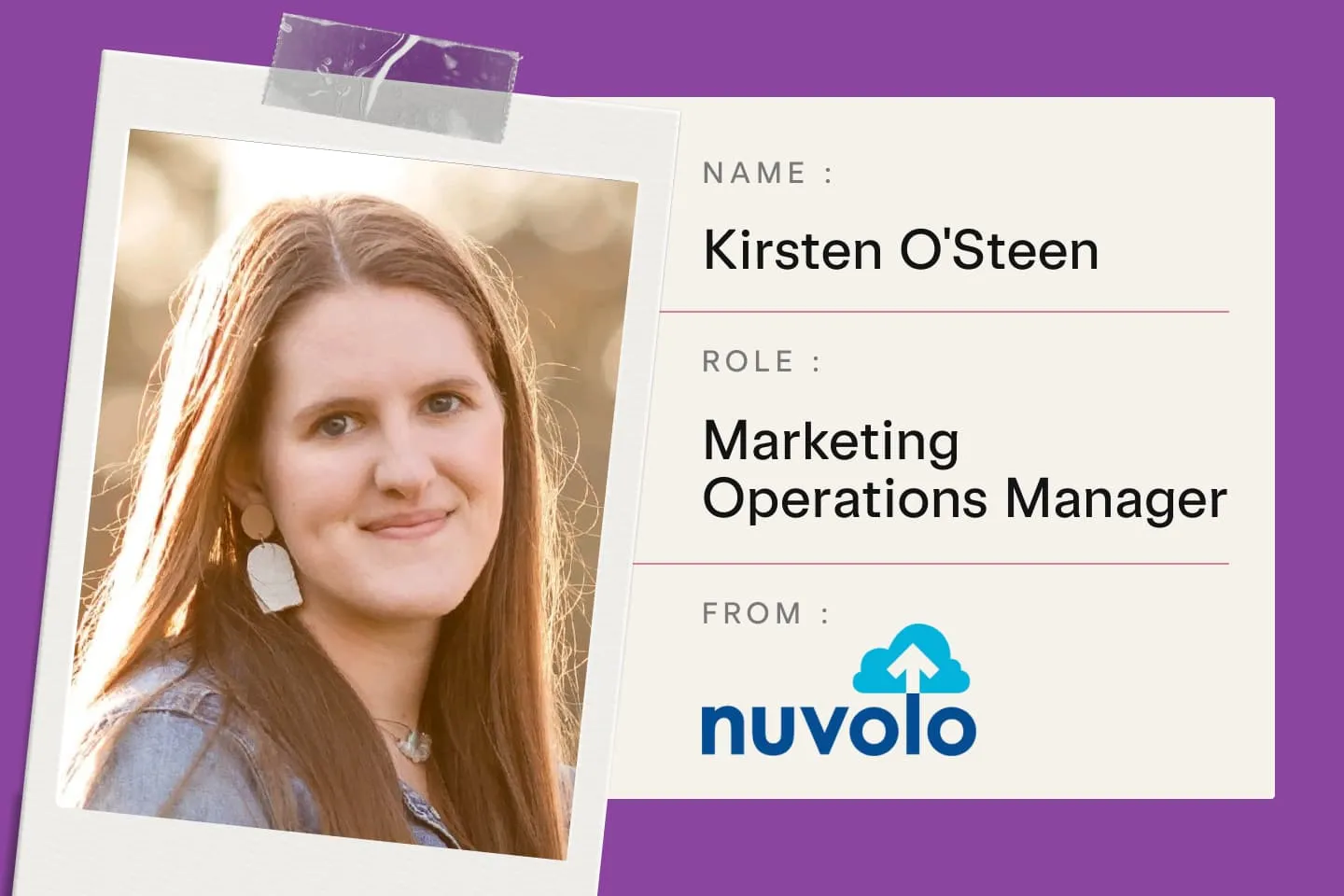Sam Kuehnle’s Pipeline Health Dashboard
The following dashboard for Sam Kuehnle, VP of Marketing for Talent Intelligence Platform, Loxo, measures and reports on pipeline and revenue trends, sources of pipeline and high-intent leads, and how are PLG and SLG funnels are working.
*Note that all numbers shown in the below dashboard and reports are dummy data. These are not actual datapoints from Loxo.
What does this pipeline health dashboard include?
The following dashboard for Sam Kuehnle, VP of Marketing for Talent Intelligence Platform, Loxo, measures and reports on:
- Pipeline and revenue trends
- What is our marketing-sourced pipeline and revenue attainment for the quarter? The year?
- How is marketing-sourced pipeline trending QoQ?
- How is marketing-sourced revenue trending QoQ?
- Sources of pipeline and high-intent leads
- How are demo requests and signups trending QoQ?
- How are those high-intent handraisers trending by region?
- How are our PLG and SLG funnels working?
- How are ACV and sales cycle trending in a rolling six-month view?
- What is the health of our sales-led growth (SLG) funnel from high-intent demo submission to closed-won?
- How do our cost-pers reflect the health of our SLG motion?
- What is the health of our product-led growth (PLG) funnel from high-intent demo submission to closed-won?
- How do our cost-pers reflect the health of our PLG motion?
- How is our combined revenue team trending QoQ for pipeline and revenue?
What insights can I surface from this dashboard?
Whether you’re a marketing lead or individual contributor, you can leverage this dashboard to monitor your quarterly and yearly progress and measure the success and stability of your investments. You’ll be able to answer questions like:
- How far from our revenue and pipeline goals are we this quarter? How does that compare to our annual goal?
- How does our pipeline and revenue compare to previous years and quarters, and what has changed to increase or decrease this?
- In what regions do we drive the most handraisers, and how does that fluctuate over time?
- During what time periods do we drive the most demos and signups, and how can we improve upon this?
- When do we have the highest ACV and shortest sales cycles? Are we trending up or down this year, and why?
- Over time, have our SLG and PLG funnels improved or become less cost-effective, and why might that be the case?
Sam Kuehnle’s Pipeline Health Dashboard breakdown
How would Sam Kuehlne utilize this dashboard to pull out marketing trends and get ahead of any hurdles standing in the way of hitting Loxo’s annual goals? Let’s find out!
Pipeline and revenue trends
A clear and prominent display of revenue and pipeline progress allows Sam and his reports to quickly gather where they currently stand and how much they need to ramp up efforts to meet their goals.

Breaking this down further, data around marketing-sourced revenue and pipeline by quarter enables Sam’s team to see their distinct contributions to the company’s growth, as well as in what timeframes they’ve been falling short or behind previous quarters. Going two years back with this information provides context: If a recent quarter looks particularly out of place, Sam can decide whether a new initiative, campaign, or shift in approach is to blame. On the other hand, an unusually high quarter indicates something is working and should be continued or invested in further.

Sources of pipeline and high-intent leads
Sam needs to know how his marketing efforts are contributing to the entire funnel, which is why this dashboard also dives into types of handraisers generated and where they reside by quarter. Demographic data informs which and what kinds of audiences are most or least engaged with touchpoints. Additionally, the amount of signups versus demo requests each quarter can explain how far along marketing has been able to move customers over time — and if they should pivot strategy to drive even further progress.

PLG and SLG funnels
Closing the gap between initial contact and a sale is crucial for marketers to get the most return on their investments. It also speeds up revenue and enables businesses to drive substantial growth over a shorter period of time.
Tracking average contract value each month helps Sam’s department notice the relationship between certain marketing efforts and increased or decreased dealmaking. A shorter or longer sales cycle, too, indicates when their touches might have sped up or slowed down won accounts.

Looking at sales-led growth at a granular level — with data around live demos, cost per demo, SQOs, etc. per quarter — gives Sam further insight into where his team can make strides, alter their approach, and decrease spend where leads aren’t effective.

Comparing this to product-led growth across various datapoints further drives strategy so that Sam is optimizing resources to the best of his ability.

Finally, Sam’s dashboard provides the sources behind pipeline and revenue each quarter, which can shed light on the health and success of talent and content.

With additional information on revenue by plan type, Sam can visualize sales forecasting and predict the likelihood that his work will lead to closed deals each quarter.

Learn more about how HockeyStack helps marketing, revenue, and sales teams surface and action insights like the ones in this template by exploring the interactive demo or by booking a demo with our team.
Full Dashboard
.avif)




